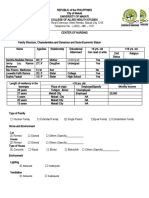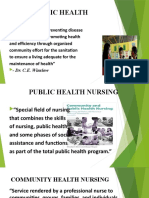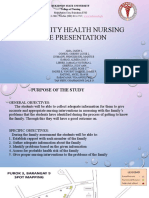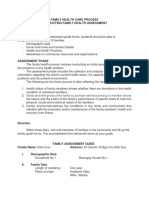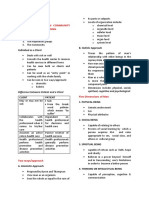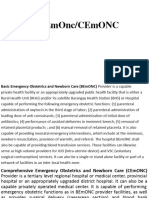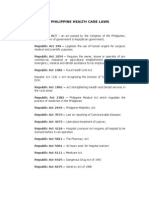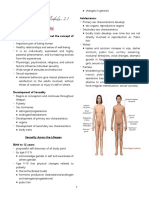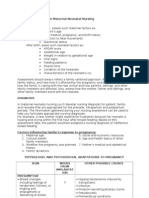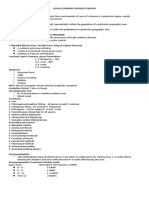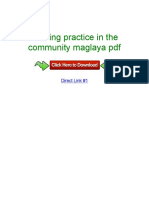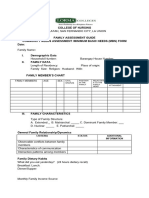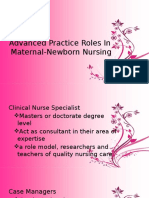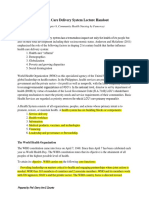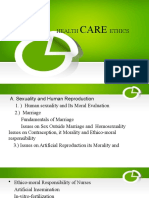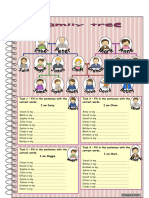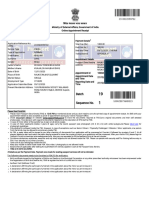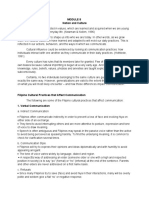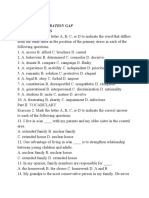0% found this document useful (0 votes)
724 views8 pagesLevels of Clientele
The document discusses four levels of clientele in community health nursing: individual, family, population group, and community. It then focuses on defining and describing different types of family structures, including nuclear, extended, two-career, blended, single-parent, cohabiting adults, binuclear, dyadic nuclear, gay/lesbian, and foster families. The document also covers family functions, characteristics of Filipino families, and health tasks of the family.
Uploaded by
elle belloCopyright
© © All Rights Reserved
We take content rights seriously. If you suspect this is your content, claim it here.
Available Formats
Download as PDF, TXT or read online on Scribd
0% found this document useful (0 votes)
724 views8 pagesLevels of Clientele
The document discusses four levels of clientele in community health nursing: individual, family, population group, and community. It then focuses on defining and describing different types of family structures, including nuclear, extended, two-career, blended, single-parent, cohabiting adults, binuclear, dyadic nuclear, gay/lesbian, and foster families. The document also covers family functions, characteristics of Filipino families, and health tasks of the family.
Uploaded by
elle belloCopyright
© © All Rights Reserved
We take content rights seriously. If you suspect this is your content, claim it here.
Available Formats
Download as PDF, TXT or read online on Scribd
/ 8


